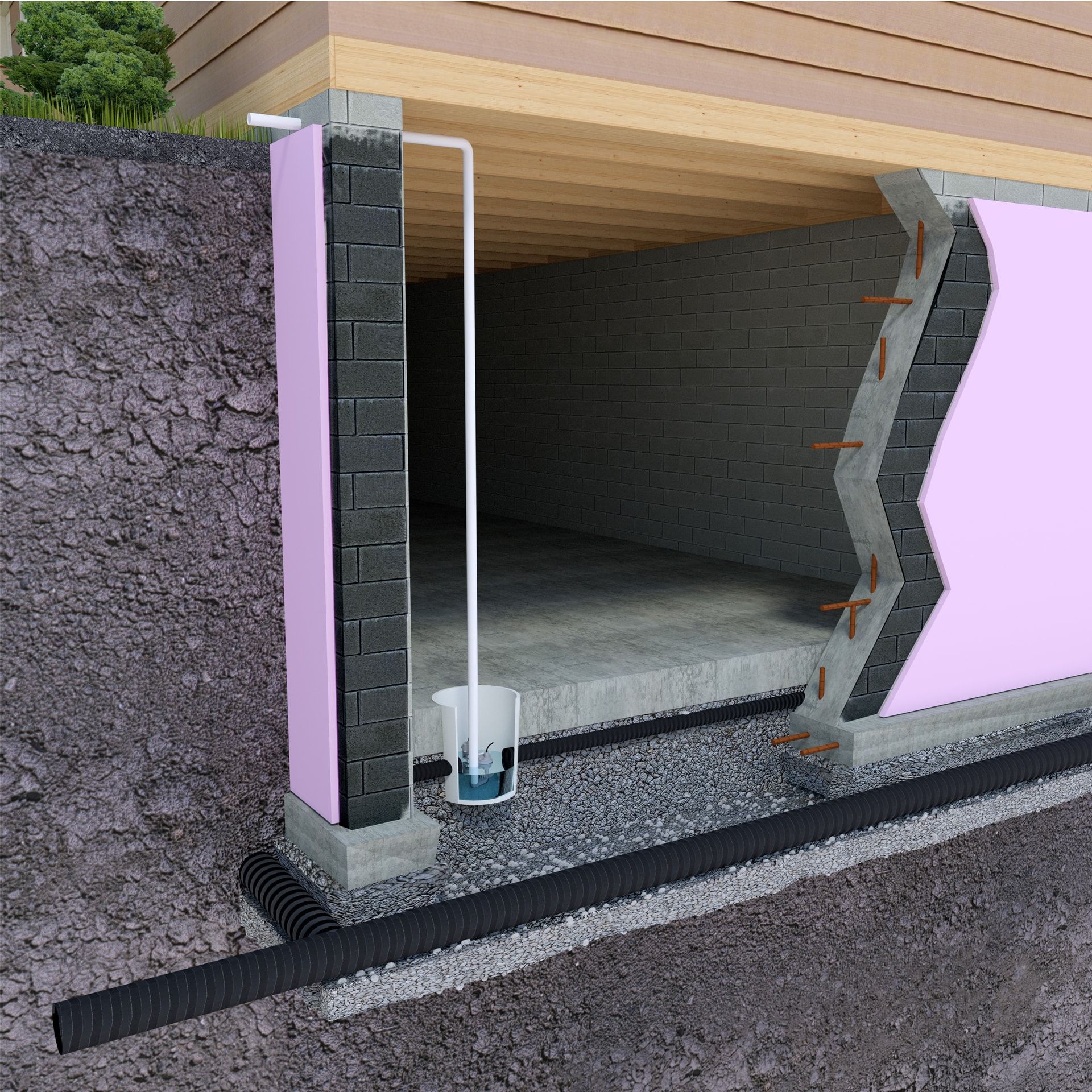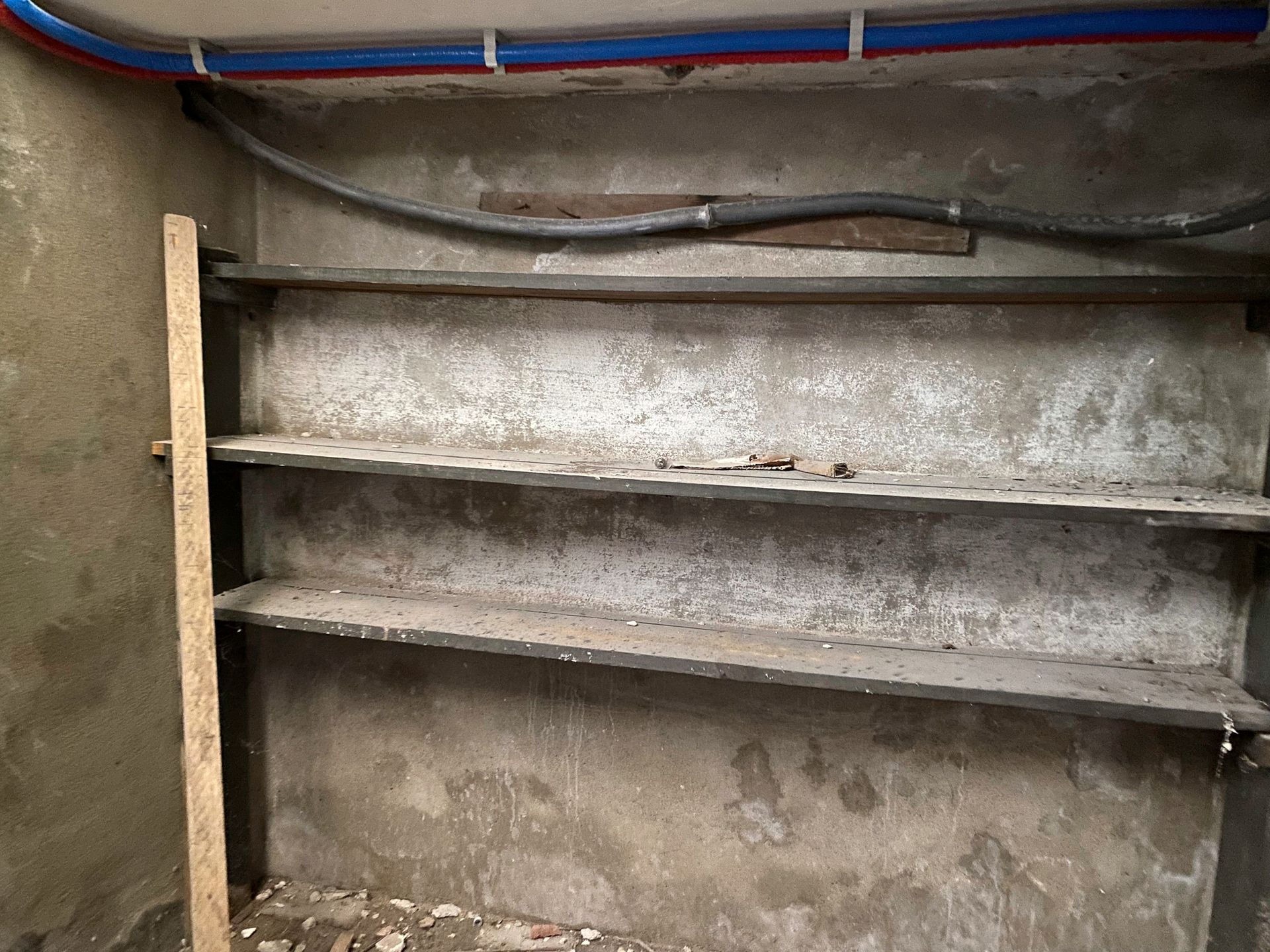French Drain Installation: Top Benefits for Your Property
What is a French Drain and How Does It Work?
A French drain is a simple yet effective drainage system designed to address drainage issues by redirecting surface water and groundwater away from your property. At its core, a French drain consists of a trench filled with gravel or rock, containing a perforated pipe that channels water away from your home. This helps prevent water from pooling in undesirable areas, ensuring your yard remains dry and your home’s foundation stays protected.
Key Benefits of Installing a French Drain System
Installing a French drain system offers numerous advantages for homeowners. When you install a French drain, it effectively manages water flow, reducing the risk of standing water and associated issues. By directing water away from your property, French drains help maintain the structural integrity of your home’s foundation, preventing costly foundational repairs in the long run.
How a French Drain Protects Your Home’s Foundation
One of the primary benefits of a French drain is its ability to protect your home's foundation. Excess water around your foundation can lead to erosion, cracks, and even basement flooding. By installing a French drain, you ensure that water is efficiently carried away from your home's base, safeguarding it against water damage and structural issues.
Interior vs Exterior Drainage Solutions Which is Right for You?
When it comes to drainage solutions an interior system is usually the most efficient and cost effective. Interior drainage systems like sump pumps and perimeter drains work from inside your home to manage water entry and keep your basement dry. These systems are easier to install and maintain and provide long term protection with minimal disruption to your property.
However there are times when exterior solutions like French drains are needed. Sometimes a combination of both interior and exterior systems is the best defense against water damage. Exterior drainage systems are crucial to redirect water away from your home’s foundation before it gets inside. By having both interior and exterior drainage solutions you can have total protection for your home and address water issues from all angles.
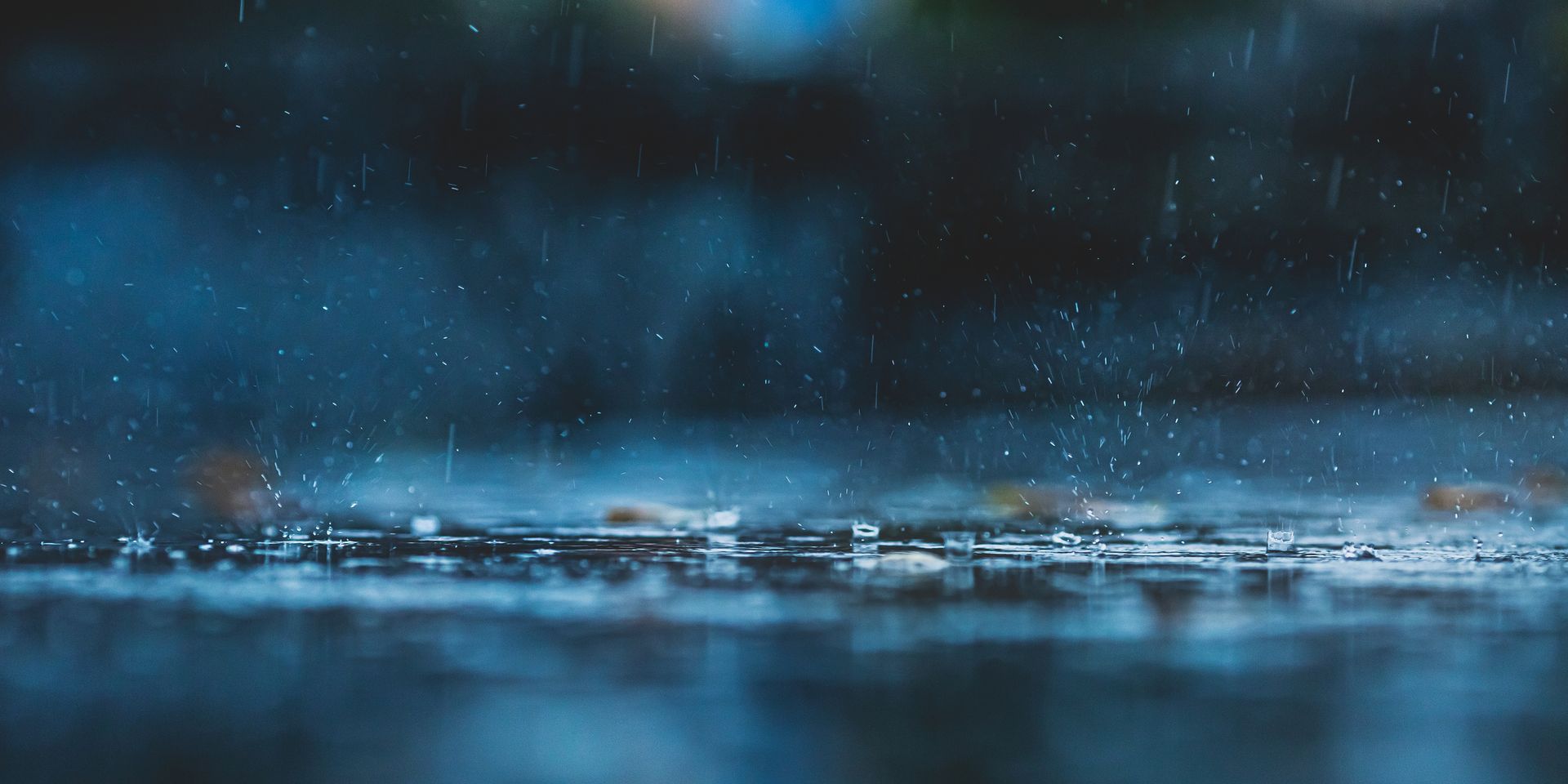
Preventing Flooding and Water Damage with French Drains
French drains are a proven solution for preventing flooding and water damage. A sump pump plays a crucial role in preventing flooding by effectively removing water that accumulates in basements.
During heavy rain, water can quickly accumulate around your property, leading to potential flooding. A well-installed French drain system channels this runoff water away, reducing the likelihood of flooding and protecting your landscaping and basement from water-related damage.
Essential Components of a French Drain Installation
The key components of a French drain include a perforated drain pipe, gravel or rock, and landscape fabric. A catch basin is also essential as it prevents flooding and collects debris. The drainage pipe allows water to enter and be carried away, while the gravel aids in water flow and filtration. Landscape fabric is used to prevent soil and other debris from clogging the pipe, ensuring the system remains effective over time.
Step-by-Step Guide to the French Drain Installation Process
Installing a French drain involves several critical steps. First, you’ll need to determine the lowest point in your yard where water tends to accumulate. Next, use spray paint to mark the trench path and start digging. Lay down landscape fabric to prevent clogging, then add a layer of gravel before placing the perforated pipe. Cover the pipe with more gravel, fold over the excess fabric, and backfill the trench with topsoil. This method ensures efficient water flow and long-lasting performance.
Regular maintenance of your new French drain is essential to keep it functioning optimally and prolong its lifespan.
Choosing the Right Materials for Your French Drain
Selecting the right materials is crucial for an effective French drain system. Opt for a perforated pipe that suits your drainage needs, whether it’s corrugated pipe or smooth. Use gravel that is coarse enough to allow water to flow freely without clogging the pipe. Quality landscape fabric is essential to keep soil and dirt out of the system, ensuring it works correctly for years to come.
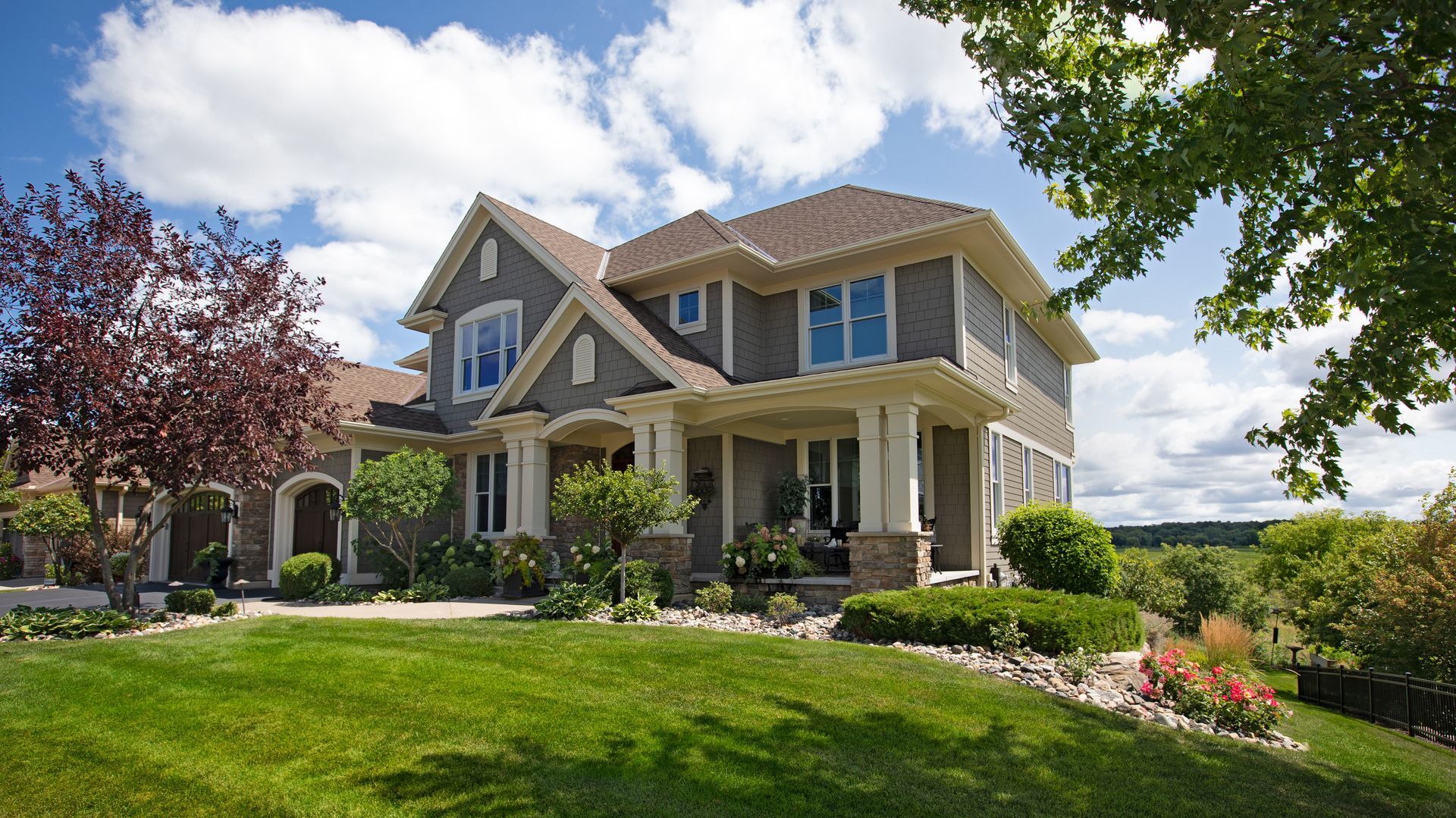
DIY French Drain Installation vs. Professional Help
While installing a French drain can be a satisfying DIY project, it can also be labor-intensive and complex. If you're unsure about the process or lack the necessary equipment, hiring a professional might be the best option. Professionals have the experience and tools to ensure the drain is installed correctly and efficiently, preventing potential issues down the road.
Maintaining Your French Drain for Optimal Performance
Regular maintenance is key to keeping your French drain working properly. Check the drain periodically to ensure it's free of debris and clogs. Clear away any dirt or sediment that may have accumulated around the drain pipe. By performing routine maintenance, you can extend the life of your French drain and keep your property well-protected against water damage.
Common Mistakes to Avoid When Installing a French Drain
Avoid common pitfalls when installing a French drain to ensure its effectiveness. Here are eight key mistakes to watch out for:
- Improper Slope: Ensure the trench has a proper slope to facilitate water flow. A flat or incorrectly sloped trench can cause water to stagnate instead of draining away.
- Using Fine Sand: Avoid using materials that can easily clog the system, like fine sand. Opt for coarser gravel that allows water to pass through while preventing blockages.
- Insufficient Gravel: Using too little gravel can hinder the drainage system's effectiveness. Ensure you use enough gravel to create a stable, permeable layer around the perforated pipe.
- Incorrect Placement of Landscape Fabric: Failing to properly secure the landscape fabric can lead to soil and debris entering the system, causing clogs. Make sure the fabric is well-placed and covers the trench adequately.
- Not Checking for Underground Utility Lines: Before digging, always check for underground utility lines. Damaging these lines can be dangerous and costly to repair.
- Ignoring Regular Maintenance: Even a well-installed French drain requires regular maintenance. Neglecting to check for and clear debris can lead to clogs and reduced effectiveness.
- Incorrect Pipe Selection: Choosing the wrong type of perforated pipe can impact the drain’s performance. Select a pipe that suits the specific needs of your drainage project, whether it’s corrugated or smooth.
- Inadequate Depth of the Trench: Digging the trench too shallow can compromise the system's ability to handle heavy rainfall. Ensure the trench is deep enough to manage significant water flow and protect your property effectively.
By avoiding these common mistakes and paying attention to details, you can ensure your French drain installation is successful and provides long-lasting benefits to your property.
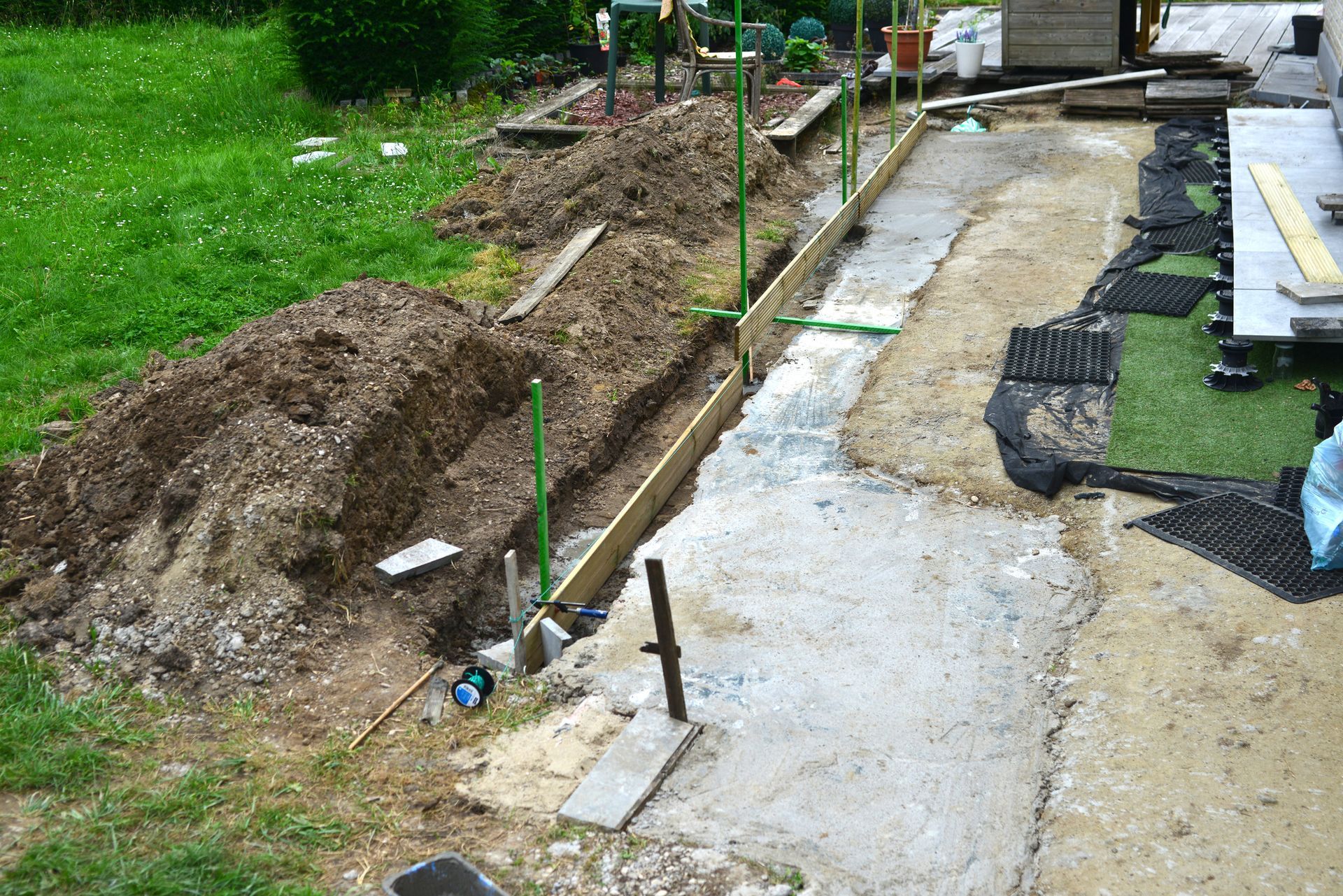
Cost Considerations: How Much Gravel and Other Expenses
The cost of installing a French drain can vary based on the size of the project and the materials used. Gravel is a significant expense, and the amount needed depends on the length and depth of the trench. Additional costs may include the perforated pipe, landscape fabric, and any rental equipment for digging. It's important to budget for these expenses to avoid any surprises during the installation process.
Real-Life Success Stories: Homeowners Who Benefited from French Drains
Many homeowners have experienced the benefits of French drains firsthand. For instance, one homeowner faced persistent flooding in their basement during heavy rains. After installing a French drain, they noticed a significant reduction in water accumulation and foundation issues. Another homeowner used a French drain to manage surface water in their yard, resulting in healthier grass and a more attractive landscape. These success stories highlight the value of investing in a French drain system for long-term property protection.
By understanding the importance of French drains and following these guidelines, you can effectively manage water drainage on your property, protect your home, and enhance your landscaping.
Ready to Protect Your Property? Contact The Basement Ace Today!
If you have any questions about French drain installations or need a professional estimate for your project, don’t hesitate to reach out to The Basement Ace. Our experienced team is here to help you safeguard your property from water damage with an expertly installed French drain system. Contact us today to get started on your journey to a drier, more secure home!
